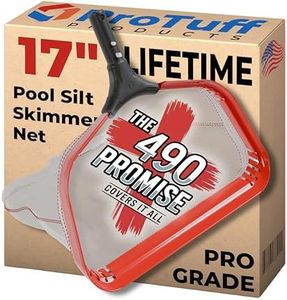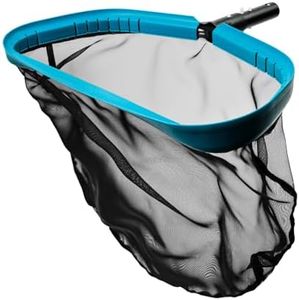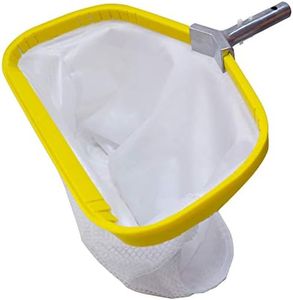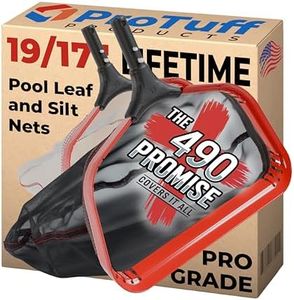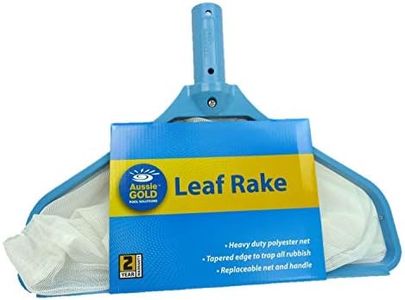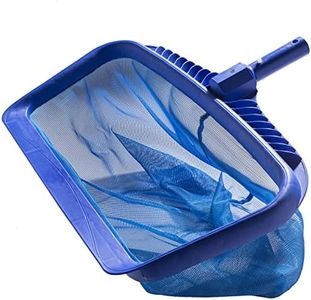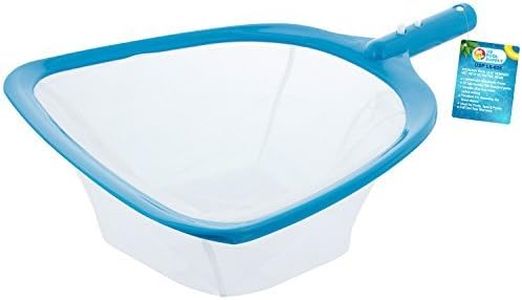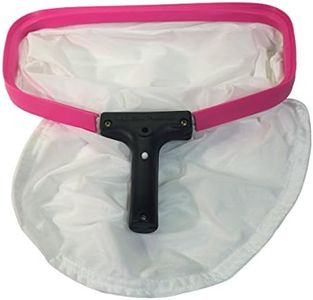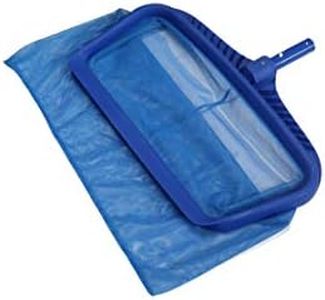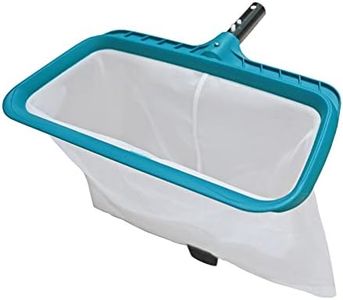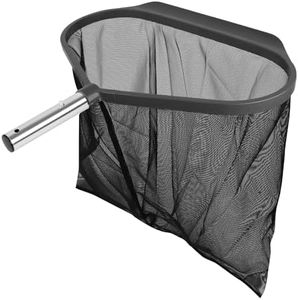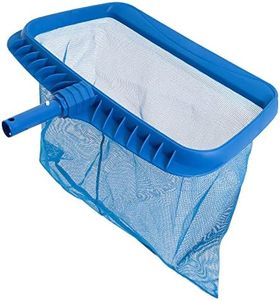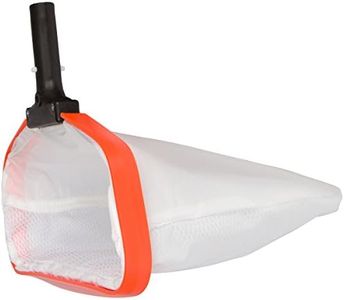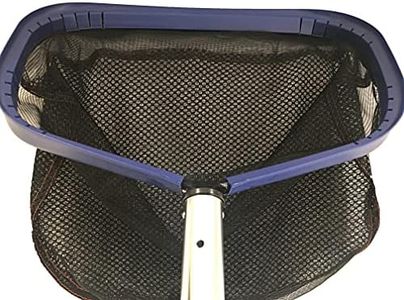We Use CookiesWe use cookies to enhance the security, performance,
functionality and for analytical and promotional activities. By continuing to browse this site you
are agreeing to our privacy policy
10 Best Pool Rakes
From leading brands and best sellers available on the web.Buying Guide for the Best Pool Rakes
Choosing the right pool rake can make cleaning and maintaining your swimming pool much easier and more efficient. Pool rakes are used to remove debris such as leaves, twigs, insects, and other unwanted materials from the surface and bottom of your pool. Before making a purchase, it's important to understand your pool's specific needs, the types of debris you commonly encounter, and how often you'll use the rake. The right pool rake will save you time and effort by being suited to your pool's size and type and handling debris effectively.Rake Net TypeThe net is the part of the rake that actually collects the debris, and there are usually two main types: deep bag nets and flat skim nets. Deep bag nets are designed to pick up larger volumes of debris and can be useful if your pool is often exposed to falling leaves or heavier debris. Flat skim nets are better for lighter surface cleaning and work if you mostly need to remove small debris floating on the water. Choose a deep bag net if your pool is surrounded by trees or plants that can drop significant debris, and opt for a flat skim net if you want to maintain a consistently clean surface with frequent, light cleaning.
Frame MaterialThe frame of the pool rake determines its durability and weight. Frames are commonly made from plastic or aluminum. Plastic frames are lightweight and resistant to corrosion but may not be as long-lasting when taking on heavy loads. Aluminum frames are sturdier, more durable, and better suited for heavy-duty cleaning but can be a bit heavier. Consider a plastic frame for smaller pools or occasional use, and aluminum for large pools or frequent, intensive cleaning tasks.
Net Mesh SizeMesh size refers to how tightly woven the netting is. A finer mesh is great for catching small particles like pollen, tiny bugs, or sand. A coarser mesh is better for quickly scooping up larger debris such as leaves or twigs but may let smaller particles pass through. If your pool often has fine debris, choose a rake with a fine mesh net. If the bulk of your cleaning involves bigger items, a coarser mesh will work faster and is easier to empty.
Rake Size and ShapeThe size and shape of the rake affect how much area you can cover and how easy it is to maneuver the rake around the pool. Wider rakes allow you to clean a large area quickly, making them ideal for larger pools. Narrower rakes are useful for reaching into corners and tight spots. Some rakes also have angled or curved edges for better access to pool sides and steps. If ease of use and reaching tricky areas is important, go for a rake that is not too wide and has a contoured edge. For bigger pools with open areas, a wider rake will help you finish faster.
Pole CompatibilityMost pool rakes attach to telescoping poles so you can reach across the pool or down to the bottom as needed. It's important to check if the rake head is compatible with your existing pole or if it comes with a suitable pole. Standard fittings are widely used, but double-check to avoid issues. If you already have a pole, make sure the attachment system matches. If you’re getting a new rake and pole, ensure they lock securely and allow for adjustable length to match the depth and size of your pool.
